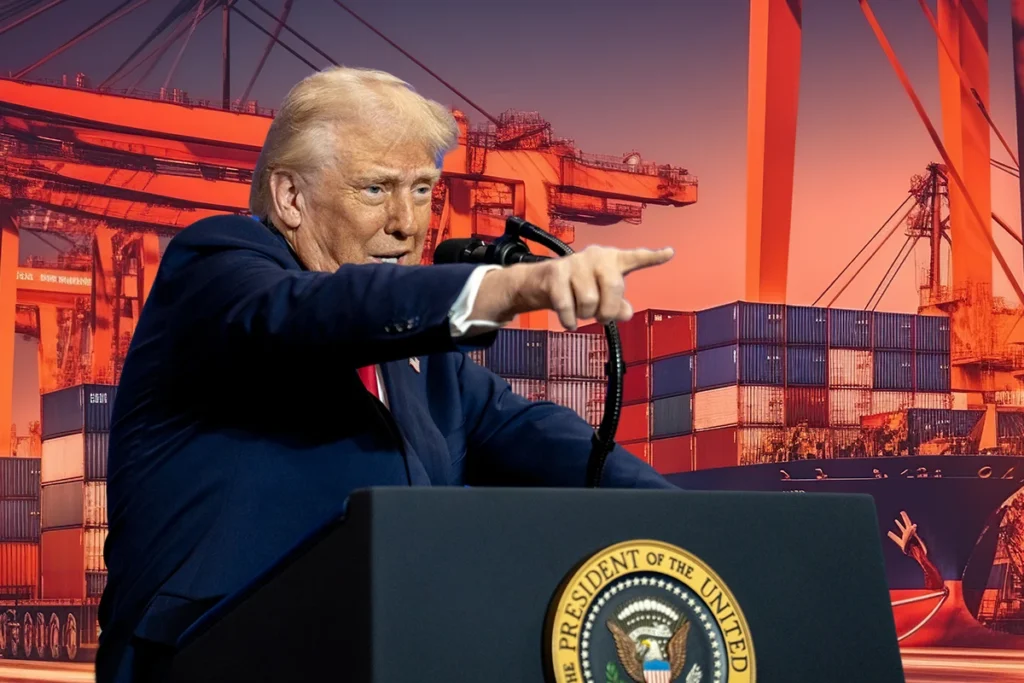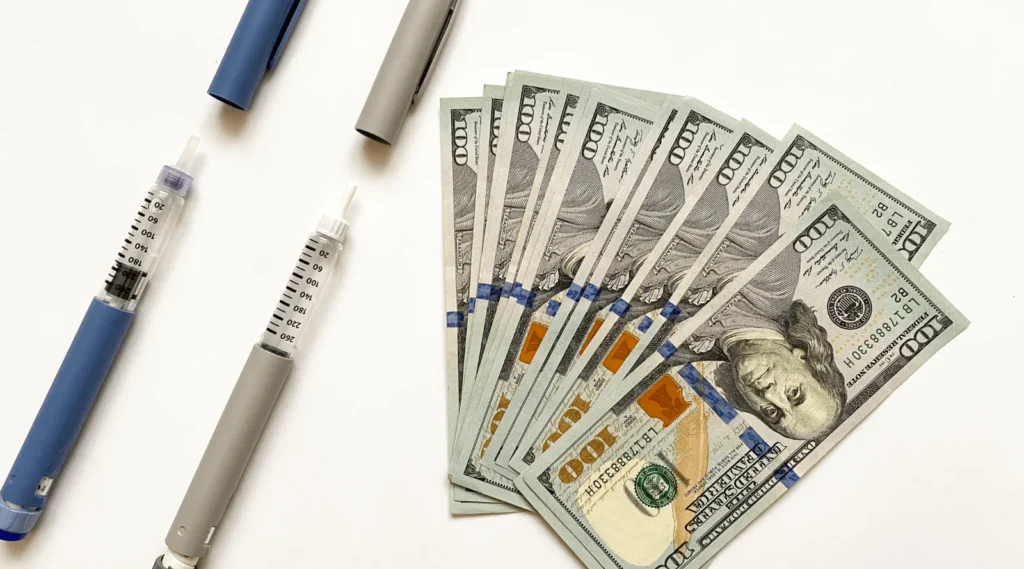Colombo, Sri Lanka – Sri Lanka’s export-driven economy could face severe consequences if the 44% tariff imposed by the United States on select Sri Lankan goods remains in place. With the U.S. being one of Sri Lanka’s top three export markets, the lack of tariff relief threatens to erode the country’s foreign earnings, widen the trade deficit, and stall economic recovery post-crisis.
🔻 Export Sector Under Pressure
Sri Lanka’s apparel, tea, rubber, seafood, and other value-added manufacturing exports rely heavily on tariff-free or low-duty access to Western markets. A 44% duty on even a portion of these goods would make Sri Lankan products uncompetitive compared to rivals like Bangladesh, Vietnam, and India—countries that enjoy preferential access or lower costs.
💸 Foreign Exchange Fallout
Exports account for over 50% of Sri Lanka’s foreign currency inflow. The country, still grappling with high debt servicing costs and dwindling reserves, could see a sharp drop in dollar earnings. A 15–20% fall in export volumes to the U.S. could translate into hundreds of millions in lost revenue—widening the forex gap and threatening the fragile LKR/USD exchange rate.
📉 Impact on Jobs and SMEs
Over 1 million Sri Lankans are directly or indirectly employed in the export manufacturing sector, particularly garments. Higher tariffs would shrink orders, force factory closures, and trigger layoffs, particularly among women workers and low-income households.
📊 Investor Confidence Takes a Hit
Sri Lanka is actively seeking FDI and trade deals to rebuild its economy. But punitive or prolonged tariffs from a major trade partner like the U.S. sends the wrong signal to investors, who are already wary of political instability and inconsistent policy reforms.
🛃 Call for Diplomatic Engagement
Economists and trade experts urge the government to engage diplomatically with Washington, possibly through the U.S. Trade Representative (USTR), to seek exemptions or negotiate revised trade terms under GSP (Generalized System of Preferences) frameworks. Private-sector leaders stress the need to diversify markets and move up the value chain to mitigate dependency on any single market.
✅ What’s at Stake?
If the 44% tariff remains, Sri Lanka could face:
- A loss of $500 million+ in annual exports to the U.S.
- Rising unemployment and poverty in key industrial zones.
- A decline in investor interest, especially in export-oriented manufacturing.
- Weakening of the rupee, raising the cost of living.
- Stalled GDP growth, potentially pushing the country into another recessionary cycle.
Conclusion:
For Sri Lanka, the stakes are high. The continuation of the 44% U.S. tariff isn’t just a trade issue—it’s an economic lifeline in jeopardy. Without urgent intervention and strategic planning, the fallout could derail the island nation’s hard-fought road to recovery.


